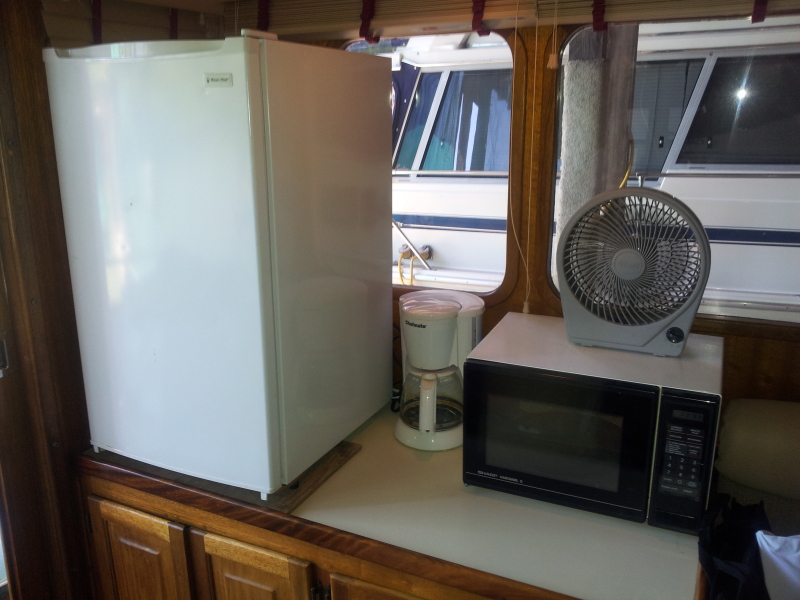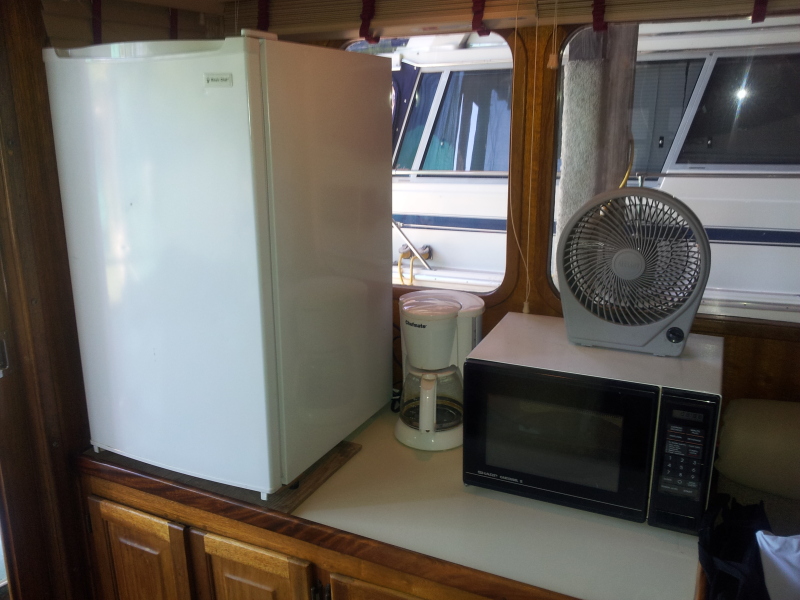Wxx3
Dauntless Award
- Joined
- Jan 10, 2013
- Messages
- 2,820
- Location
- USA
- Vessel Name
- Dauntless
- Vessel Make
- Kadey Krogen 42 - 148
my draw for the Vitrifrigo Fridge and Freezer seems to average about 5 amps an hour or 120 amps, 1440 watts per 24 hours.
In the coming days, i will post a more detailed analysis. The addition for the solar panels has also made a huge difference.
In the coming days, i will post a more detailed analysis. The addition for the solar panels has also made a huge difference.

 different strokes.
different strokes.

